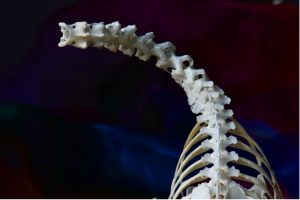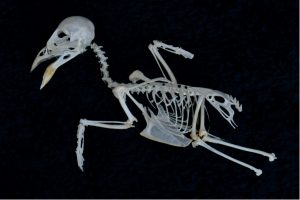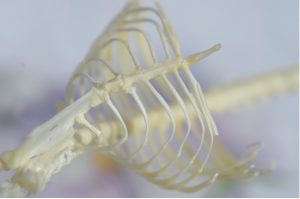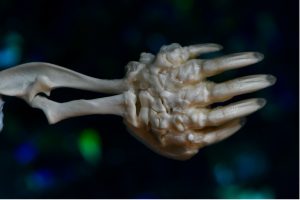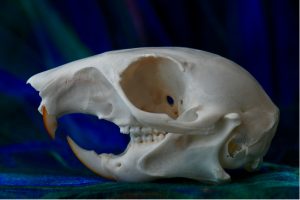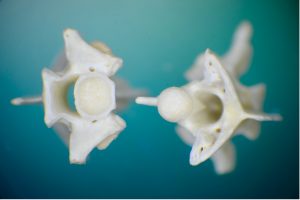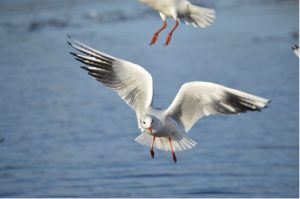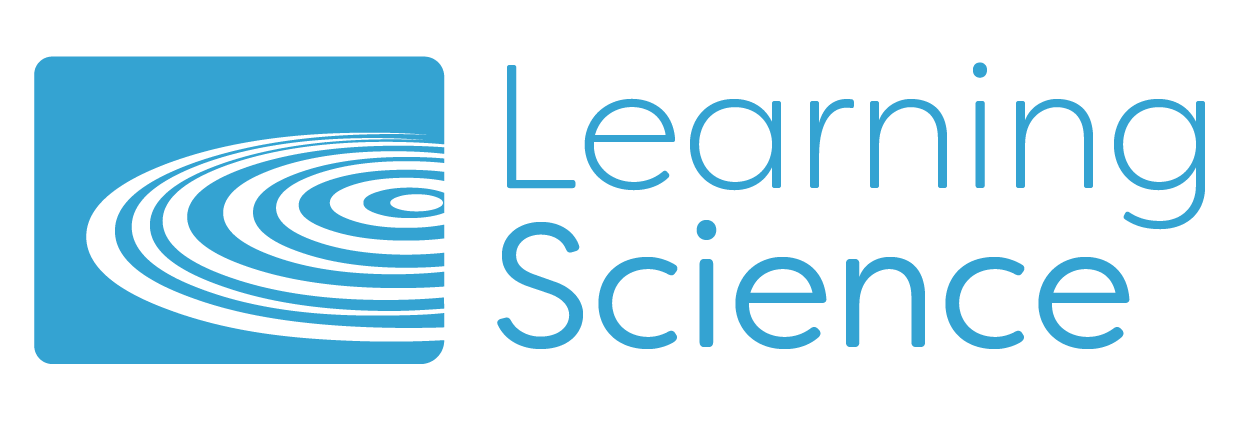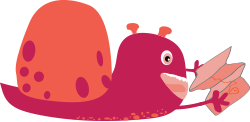The beauty of bones
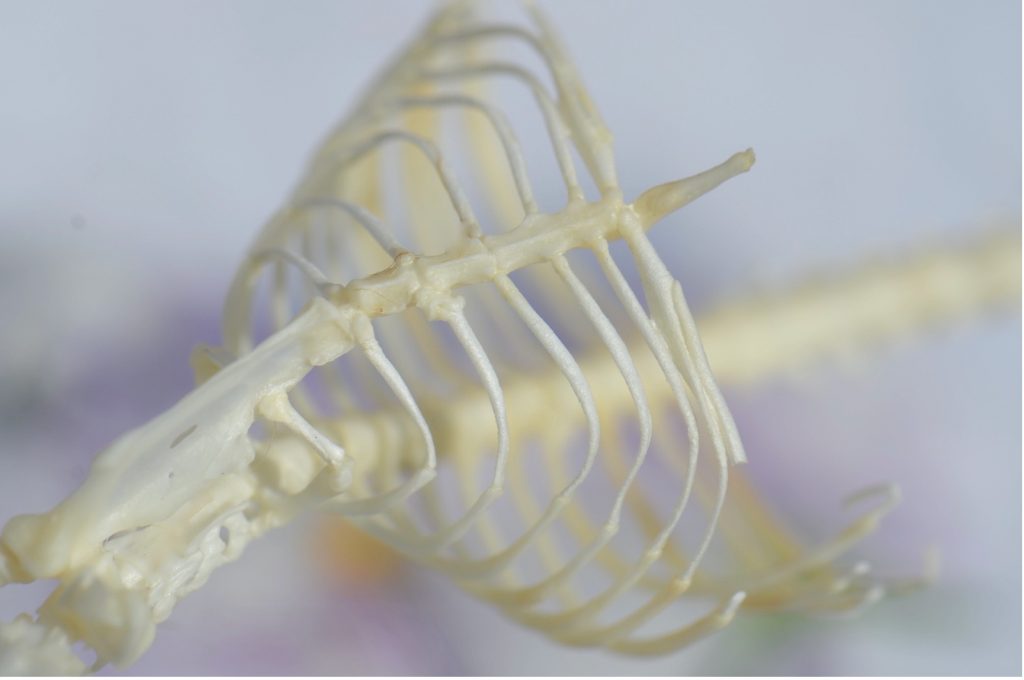
In her previous blog, Susanna Ramsey introduced ‘The Nature Collection’: her ‘hands on’ educational collection of skulls, skeletons, skins, feathers, insect specimens and other exhibits relating to British wildlife. Here, she looks in more detail at the skeletons of our local animals.
The beauty of bones
Why are children, and some adults, so fascinated by skulls and skeletons? Does a ‘love of bones’ explain children’s obsession with dinosaurs, where they discover the thrill of archaeology and encounter enormous skeletons from animals in the past? The skeletons link us, and many present-day animals, to the dinosaurs as our skeletons all follow the same basic structure. It is strange that children are so familiar with dinosaur skeletons yet rarely give a thought to the skeleton inside a magpie flying overhead, their pet rabbit or the frog in the wildlife pond. They could probably identify a pterosaur by its skeleton but not a pigeon.
Knowing about the skeleton gives you ‘privileged access’ to the animal; you see beyond the feathers to know where the bones lie on a bird’s wing and how the ribs line up underneath the body. Externally, animals are so different, in colour, size, shape and skin covering. Many are more similar on the inside. Take a robin and a field mouse: feathers v fur, flight v scampering, eggs v live young; yet both have a spine formed from tiny vertebrae, paper-thin shoulder blades, ribs, pelvis, four limbs and a skull.
Jackdaw spine
Skeletons, cleaned and removed from the tissues of the body, are incredibly beautiful, with their symmetry and their contrasting strength and fragility. They are the framework on which the whole body hangs, composed of intricate pieces, which fit together like a 3D puzzle. I love the parallel ribs curving down to the breastbone; the vertebrae, fluctuating in size and dimensions; the solid leg bones leading down to a fan of tiny toes.
Bird skeletons
Bird skeletons are my favourite. Birds have wings instead of arms / front legs. They have a beak instead of teeth and a heavy jawbone. Birds have long necks, so they can use their beak to gather food and reach to preen the whole of their body. For flight, bird bones are light and many are filled with air sacs.
The skeleton for each bird species has adapted to the individual bird’s lifestyle, flight pattern and diet. There are differences in the shape of the beak, the proportions of the wing and leg bones, the layout of the toes, the depth of the rib cage and shape of the breastbone.
- Ducks have a long, rounded beak, with a sieve-like structure around the edge to trap insects and plants in the water;
- Woodpeckers have an extra-long tongue for probing into tunnels in dead wood, searching for insect larvae. When idle, the tongue lies in a channel on top of their skull;
- Parakeets and kestrels both have hooked beaks – the one for cracking open seeds or nuts and the other for killing off prey;
- Owls have long legs and sharp talons for catching and killing prey;
- Birds which fly long distances, have a deep, stabilising keel on their breastbone, where the flight muscles attach.
For more on bird skeletons, see The Nature Collection here.
House sparrow skeleton
Small mammals
Some bones are unbelievably tiny! Imagine a mouse’s vertebra or the toe bones of a shrew, just 1-2mm wide. Or the ribcage, 1cm deep! Children enjoy taking apart barn owl pellets, discovering a mass of leg bones, ribs, shoulder blades, vertebrae and skulls from voles, shrews or mice!
Take a look at their skeletons in The Nature Collection here.
Mole’s rib cage
It is fascinating to investigate the skeletons of animals such as the hedgehog and mole. Normally you just think about the spines or the soft, black fur and small eyes, but there is more; the hedgehog has tightly packed vertebrae specially adapted for rolling up into a ball, while the mole has enormous front feet for digging and shovelling earth.
Mole’s front claw
For more mammal skeletons, visit Mammal Skeletons: Part One in The Nature Collection.
Skullduggery,…
Children love mammal skulls, snapping open the fox and badger jaws and picking at the deer’s teeth! The types of teeth and position of the eye sockets reflect the animal’s lifestyle (predator/prey), diet and feeding habits.
They are all so different:
- the fox and stoat, with their pointed canines and jagged molars
- the mole and hedgehog, with rows of small, pointed teeth for eating worms and slugs
- the nut-crunching squirrel, with huge incisors and small molars
- the grass-nibbling deer, with no upper incisors
I have recently created a free, downloadable resource with the PSTT on British Mammal Skulls, which is now available here.
Also take a look at Mammal Skulls & Teeth in my Nature Collection here.
Snakes, Frogs and Fish
Snake vertebrae are wonderful because they show clearly how skeletons have adapted to the way an animal moves. Each vertebra connects to the next with a ball and socket joint, enabling the snake to twist its long body in all directions. (For mammals and birds, the spine is much more rigid, especially in the centre.) Obviously, snakes have no legs, shoulder blades or pelvis. Their multiple rows of teeth slope backwards into the mouth, to trap their prey.
Grass snake vertebrae
Frogs have very few vertebrae and no ribs. Their feet are extremely long, as long as their shin bones – perfectly evolved for jumping!
I collect fish vertebrae and jaws, from fish which I have eaten. Take a look next time you have fish on the plate! Fish bones are beautiful, from the pearl-like teeth of a sea bream to the vertebrae of salmon and hake, dotted with tiny holes.
New Insight
I hope that I have revealed a new angle for you on our local wildlife. Next time a bird flies overhead, take a moment to think about its skeleton – the beautiful structures hidden inside!
Black headed gull
Visit The Nature Collection website at www.thenaturecollection.co.uk
For more about the Collection, see https://spark.adobe.com/page/ANOxrHhLAfowE/
Visit the PSTT’s curriculum materials featuring The Nature Collection UK Wildlife Resources at https://pstt.org.uk/resources/curriculum-materials/UK-Wildlife
Back to blog
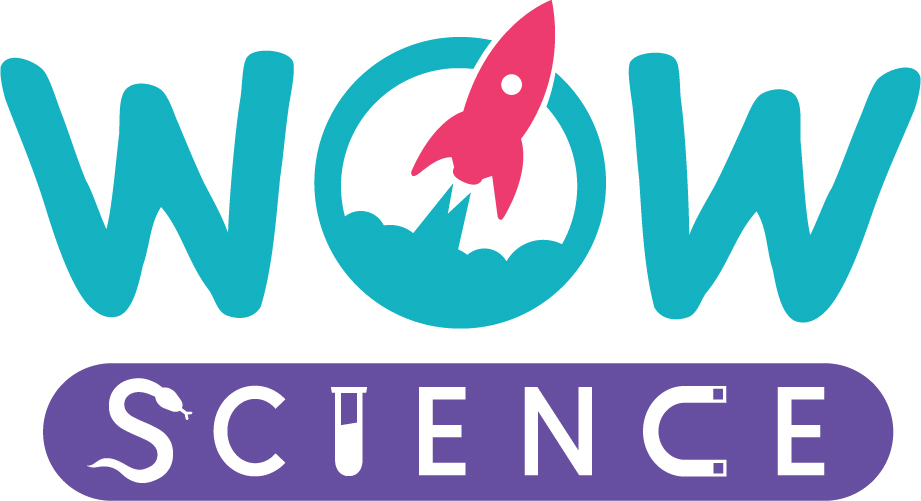


 QUICK
QUICK
 MEDIUM
MEDIUM LONG
LONG
